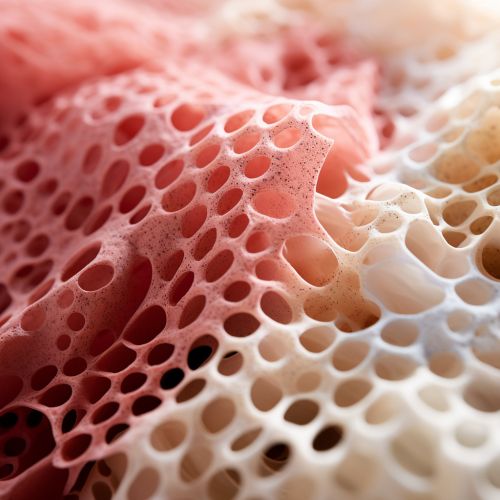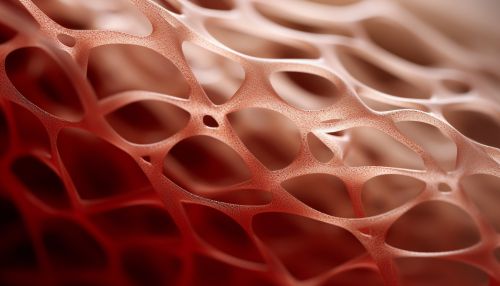Biodegradable Polymer
Introduction
Biodegradable polymers are a type of polymer that decomposes after its intended purpose through the action of living organisms, typically microbes, into water, carbon dioxide, and biomass. They are produced from biomass and/or are able to decompose back into organic materials.


History
The history of biodegradable polymers can be traced back to the 1920s when Henry Ford experimented with soy-based plastics for car parts. However, the concept of biodegradable polymers gained significant attention in the 1970s due to increasing environmental concerns.
Classification
Biodegradable polymers can be broadly classified into two categories: natural and synthetic.
Natural Biodegradable Polymers
Natural biodegradable polymers are derived from plant or animal sources. Examples include cellulose, starch, proteins, and chitin.
Synthetic Biodegradable Polymers
Synthetic biodegradable polymers are artificially synthesized by chemical processes. They include polylactic acid (PLA), polyglycolic acid (PGA), polycaprolactone (PCL), and polyhydroxyalkanoates (PHA).
Properties
Biodegradable polymers exhibit a wide range of physical and chemical properties depending on their composition and structure. These properties can be tailored to suit specific applications by altering the polymer's molecular structure during synthesis.
Applications
Biodegradable polymers have a wide range of applications in various fields such as packaging, agriculture, medicine, and electronics.
Packaging
In the packaging industry, biodegradable polymers are used to produce items such as bags, films, and containers. They offer an environmentally friendly alternative to traditional petroleum-based plastics.
Agriculture
In agriculture, biodegradable polymers are used in the production of controlled-release fertilizers and pesticides, mulch films, and seed coatings.
Medicine
In the field of medicine, biodegradable polymers are used in drug delivery systems, sutures, implants, and tissue engineering.
Electronics
In electronics, biodegradable polymers are used in the fabrication of flexible and biodegradable electronic devices.
Environmental Impact
The use of biodegradable polymers can help to reduce the environmental impact of plastic waste. However, the degradation rate of these polymers can vary greatly depending on the specific material and environmental conditions.
Future Prospects
The future of biodegradable polymers lies in the development of new materials with improved properties and the expansion of their applications in various fields.
